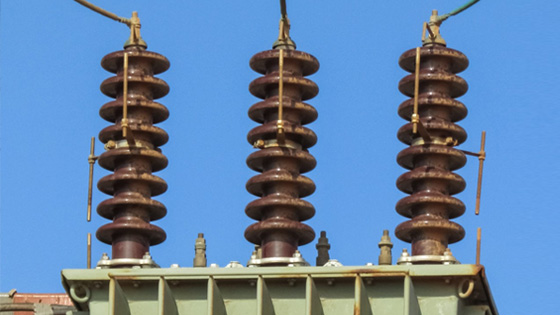Selecting the right power distribution transformer is vital in ensuring that the electrical functions in your facility operate efficiently. However, there are lots of things to consider before making your final decision for any given project.
Operational requirements and constraints, maintenance and the lifetime costs of a transformer vary with every project, depending on several factors. A transformer is a significant investment, so it’s important to delve into the specific needs of a project to identify a transformer design that best suits your needs.
In this article, we’ll discuss the aspects of a project that need to be taken into consideration before selecting the best power distribution to cater to your specific requirements.
Location
It is important to assess the location in which the transformer will operate. Will it be overheads, underground, indoors or outdoors? Some transformers are designed specifically to operate in certain settings and it is necessary to be aware of the various types of transformers and what they are best suited for to choose the right one.
Environment
The climate of the location also matters in this decision-making process. Generally, transformers require less care than most other electrical equipment. However, harsh weather conditions can be detrimental to the resilience of a transformer. If the transformer is exposed to the outside environment, it is necessary to understand how the climate can affect the integrity of the transformer, and take preventative measures accordingly.
Our medium power rating fin wall transformers have features that effectively diminish the risk of overheating. The HV bushings are located on top which reduces the strain and prevents leakage, while the hermetically sealed tank also helps to make it a low maintenance transformer.
Accessibility also plays a pivotal role in choosing the right kind of transformer. Although liquid type transformers can handle heavier loads, dry type transformers require less maintenance, making them ideal for locations that are not accessible easily.
The dry type transformers we supply are perfect for these situations thanks to the maintenance-free windings that are embedded in moisture-proof, fire-resistant, self-extinguishing material that make them durable against hot climates like in Perth. Furthermore, they can handle up to a 30% increase in power due to forced air cooling making it a worthy investment for any project.
Meanwhile, the FM Transformers we supply represent a new and exciting leap ahead in transformer technology. Not only are they able to deliver better outcomes at lower prices than other transformers, but they can also allow for more compact plant layouts, eliminate the need for blast walls and even provide better safety performance. It is rare to have an innovative new product that provides as many fantastic benefits as the FM Transformer does.
Functions
Determining the functions that the transformer will supply power for allows you to make an estimate of its required power rating. For instance, a distribution transformer supplying power for residential use may require a lower power rating when the maximum coincident load is calculated. Whereas for commercial use, a higher power rating may be preferred. Generally, liquid type transformers have higher power ratings as opposed to dry type transformers.
Our substation transformers have the highest power rating amongst all our products that make them the perfect choice for commercial environments that demand a power rating of up to 15 MVA.
At the end of the day, the choice of power distribution transformers is at the discretion of the project engineer. If you are looking for efficient and reliable power distribution transformers for your next project, get in touch with us to learn more about which one of our products will be the best fit.

